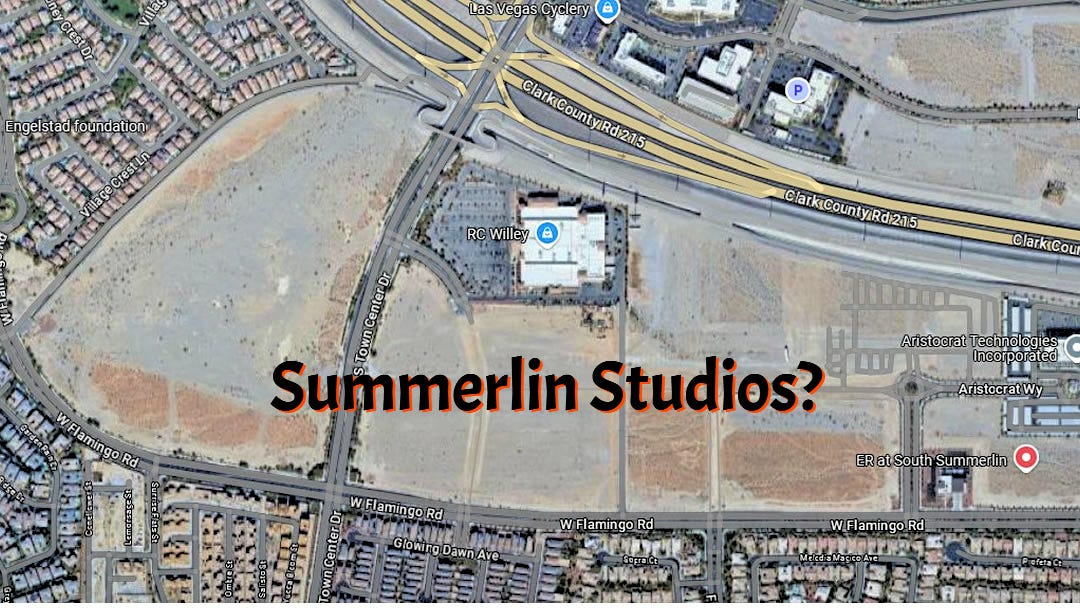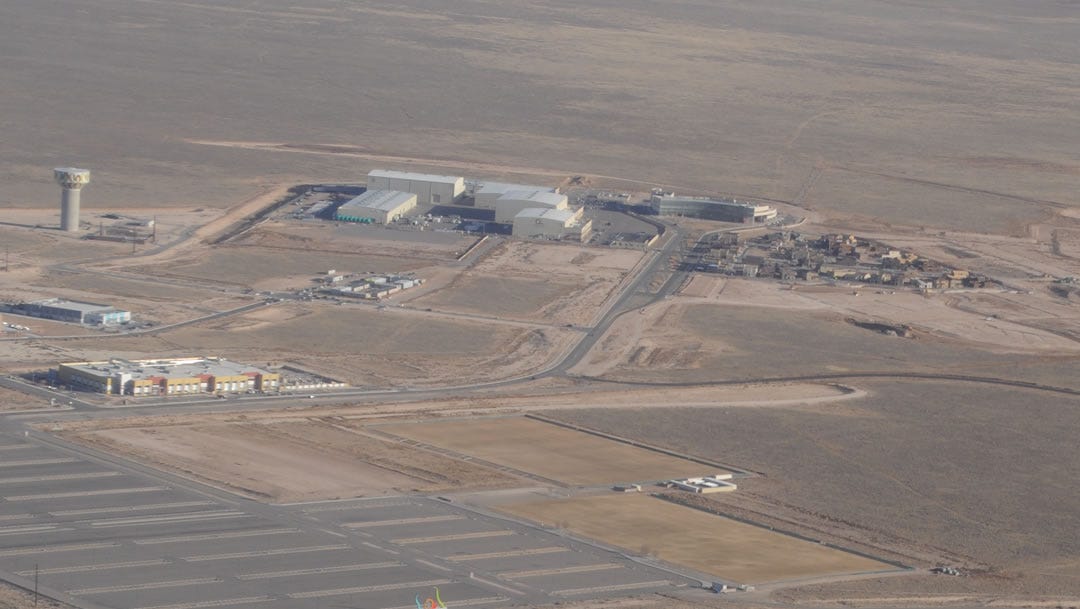Dear Sony, Location, Location, Location
Sony Needs to Buy a Clue
In 2022, actor-turned-entrepreneur Mark Wahlberg escaped Hollywood and found a safe haven in Las Vegas.
In his move here, he did so in a theatrical and newsworthy way. Telling the world via national media that Hollywood is not safe and has lost its way.
His solution to the problem was to start the process that could shift major movie-making from the left coast to the Mojave desert. Summerlin, to be exact.
Making Movies in Las Vegas?
Sony, teaming up with Howard Hughes Holdings, was the first to jump on the idea. Established the Summerlin Studios, Setting aside 108 acres in the middle of some of the most expensive land in Nevada to build the studio.
For the uninitiated, Summerlin is a master-planned community on the west side of the Las Vegas Valley, where houses routinely sell for millions of dollars. Imagine if Silicon Valley and Beverly Hills got together to have a child; that would be Summerlin.
A Bonehead Move
The idea of a movie studio in Las Vegas, or even Nevada, is not new. Others have tried before and failed. It makes perfect sense given our deep talent pool, world-class amenities, and tax climate, mixed with 300 days of sunshine.
However, the plan this time is to build a major movie studio on one hundred eight acres surrounded by some of Nevada's most expensive housing and commercial developments, with no room to grow.
Meanwhile, hundreds of acres of open government land are a few miles away, giving the studio something it doesn’t have in Summerlin: room for expansion.
The Netflix Option
Suppose Nevada (Las Vegas) really wants to support the idea of movie studios moving to Las Vegas and wants it to succeed. In that case, it needs to examine and learn from how Netflix became the powerhouse movie studio it is today.
In 2007, Netflix, the DVD-by-mail company, started moving its business focus into a new direction, delivering movies via a new technology known as streaming. They use movies and TV shows from other studios and networks, plus their own DVD collection.
By 2010, Netflix had acquired the show Breaking Bad from Sony Pictures, saving it from cancellation. I don't have to tell you what happened after that. They created what is now called “The Netflix effect.” It was now a true streaming company.
In 2013, actor and producer Kevin Spacey announced that several broadcasters wanted the right to air his new show, House of Cards. But he turned them all down because he had a requirement that they drop the entire season (stream all episodes at the same time), not episode by episode.
Netflix stepped up, and House of Cards was one of their first shows produced in-house. The term " binge-watching became a common word used by millions who jumped on the Netflix bandwagon.
By 2018, they were producing their shows and movies, and they needed to get serious. They put the word out for studio space to be built. Nevada was one of the states offering a pretty lame tax incentive package.
New Mexico stepped up and said, “What do you need?” They
gave it all to Netflix in Albuquerque. Netflix acquired Albuquerque Studios, and they have never looked back.
Where am I going?
Netflix flourished in Albuquerque, a new subdivision with a lot of open land. With Breaking Bad and other hit shows, Netflix filmed in the New Mexico desert and in Albuquerque - tourism soared. That means lots of new tax money flowed into the city and state coffers.
Now imagine Sony and others who want to move in and do that.
What started on a 28-acre patch of the open desert has flourished into 300 acres, growing while hiring more than 4,000 cast and crew members in the state between 2021 and 2023.
This can not happen here on 108 expensive, land-locked acres. Do you want a studio to have a chance to succeed? Then, give it the room to build and grow—not hamstring it from the start.
Your Thoughts?
Mark Anthony
The Vegas Tourist
P.S. Check out our Vegas Survival Kit, featuring chargers, cooling gear, and more, which is a must-have before your flight. Click here to pack smarter
P.S.S. Have you booked a tour yet? Future you will thank you for saving the hassle! Click to Book
(As an Amazon Associate, I earn from qualifying purchases.)



